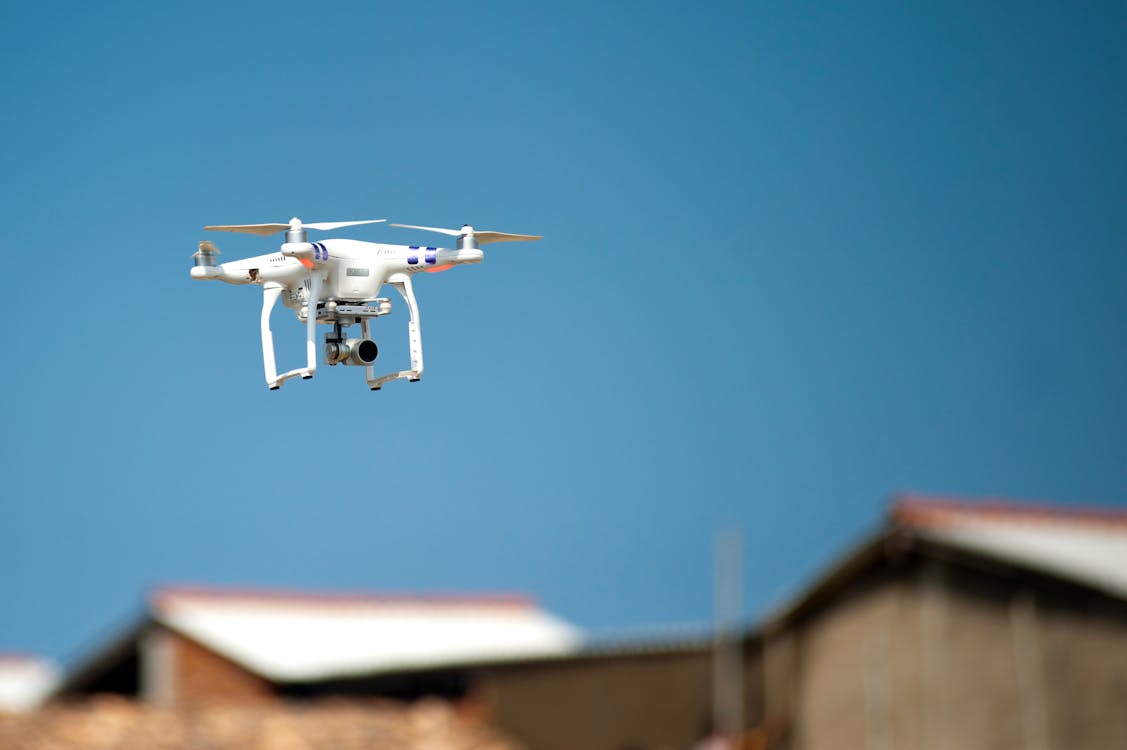
Basics of Drone Flying
Drones, also known as Unmanned Aerial Vehicles (UAVs), have revolutionized various industries, from photography and filmmaking to agriculture and search and rescue operations. With their versatility and accessibility, drones have become increasingly popular among enthusiasts and professionals alike. Whether you’re a novice looking to dip your toes into the world of aerial exploration or an experienced pilot seeking to enhance your skills, mastering the basics of drone flying is essential for safe and enjoyable flights. In this comprehensive guide, we’ll delve into everything you need to know to get started with drone flying.
Understanding Your Drone
Before taking flight, it’s crucial to familiarize yourself with the components and capabilities of your drone. Most drones consist of a frame, motors, propellers, batteries, a camera (if equipped), and a remote controller. Understanding how these components work together will help you operate your drone effectively and troubleshoot any issues that may arise.
Choosing the Right Drone
When selecting a drone, consider factors such as flight time, range, camera quality, and budget. Entry-level drones are ideal for beginners, offering basic features and easy-to-use controls. As you gain experience, you may opt for more advanced models with advanced flight modes, obstacle avoidance, and higher-quality cameras.
Learning the Basics of Flight
Before taking your drone to the skies, it’s essential to understand the basic principles of flight. Drones operate using four fundamental controls: throttle, pitch, roll, and yaw. The throttle controls the altitude, while the pitch, roll, and yaw control the drone’s movement in different directions. Familiarize yourself with these controls by practicing in a wide-open space free of obstacles.
Mastering Flight Maneuvers
Once you’re comfortable with the basic controls, you can begin practicing various flight maneuvers to improve your skills. Some essential maneuvers include takeoff and landing, hovering in place, flying in different directions, and performing smooth turns. Start with slow and deliberate movements, gradually increasing your speed and agility as you gain confidence.
Understanding Flight Modes
Many drones come equipped with various flight modes designed to enhance stability, safety, and performance. Common flight modes include GPS mode, which uses satellite positioning to maintain a stable hover and follow precise flight paths, and altitude hold mode, which keeps the drone at a consistent altitude without input from the pilot. Experiment with different flight modes to see which ones best suit your needs and flying style.
Practicing Safety Precautions
Safety should always be your top priority when flying a drone. Before each flight, perform a pre-flight checklist to ensure that your drone is in proper working condition and that the area is safe for takeoff. Always fly in compliance with local regulations and avoid flying near airports, restricted airspace, or populated areas. Additionally, be mindful of weather conditions, such as wind and rain, which can affect your drone’s performance and stability.
Understanding Regulations and Laws
As drone technology continues to evolve, so do regulations governing their use. Familiarize yourself with local laws and regulations regarding drone flying, including registration requirements, flight restrictions, and privacy concerns. Stay informed about updates to regulations and ensure that you comply with all applicable rules to avoid fines or legal consequences.
Capturing Stunning Aerial Footage
One of the most exciting aspects of drone flying is the ability to capture breathtaking aerial footage and photos. Experiment with different camera settings, such as resolution, frame rate, and white balance, to achieve the desired look for your footage. Practice framing and composition techniques to create compelling shots that showcase the beauty of your surroundings.
Troubleshooting Common Issues
Despite your best efforts, you may encounter occasional issues while flying your drone. Common problems include loss of signal, GPS signal interference, and battery depletion. Learn how to troubleshoot these issues quickly and effectively to prevent accidents and ensure a safe return to home.
Continued Learning and Improvement
Drone flying is a skill that requires practice, patience, and ongoing learning. Take advantage of online resources, such as tutorials, forums, and community groups, to connect with fellow drone enthusiasts and expand your knowledge. Set personal goals and challenges to push yourself to new heights and master advanced flying techniques.
Conclusion
Mastering the basics of drone flying is the first step towards becoming a skilled and responsible pilot. By understanding the components and capabilities of your drone, practicing fundamental flight maneuvers, and prioritizing safety at all times, you can enjoy countless hours of exhilarating aerial exploration and capture stunning imagery from a unique perspective. So, grab your remote controller, take to the skies, and embark on an unforgettable journey through the exciting world of drone flying.
